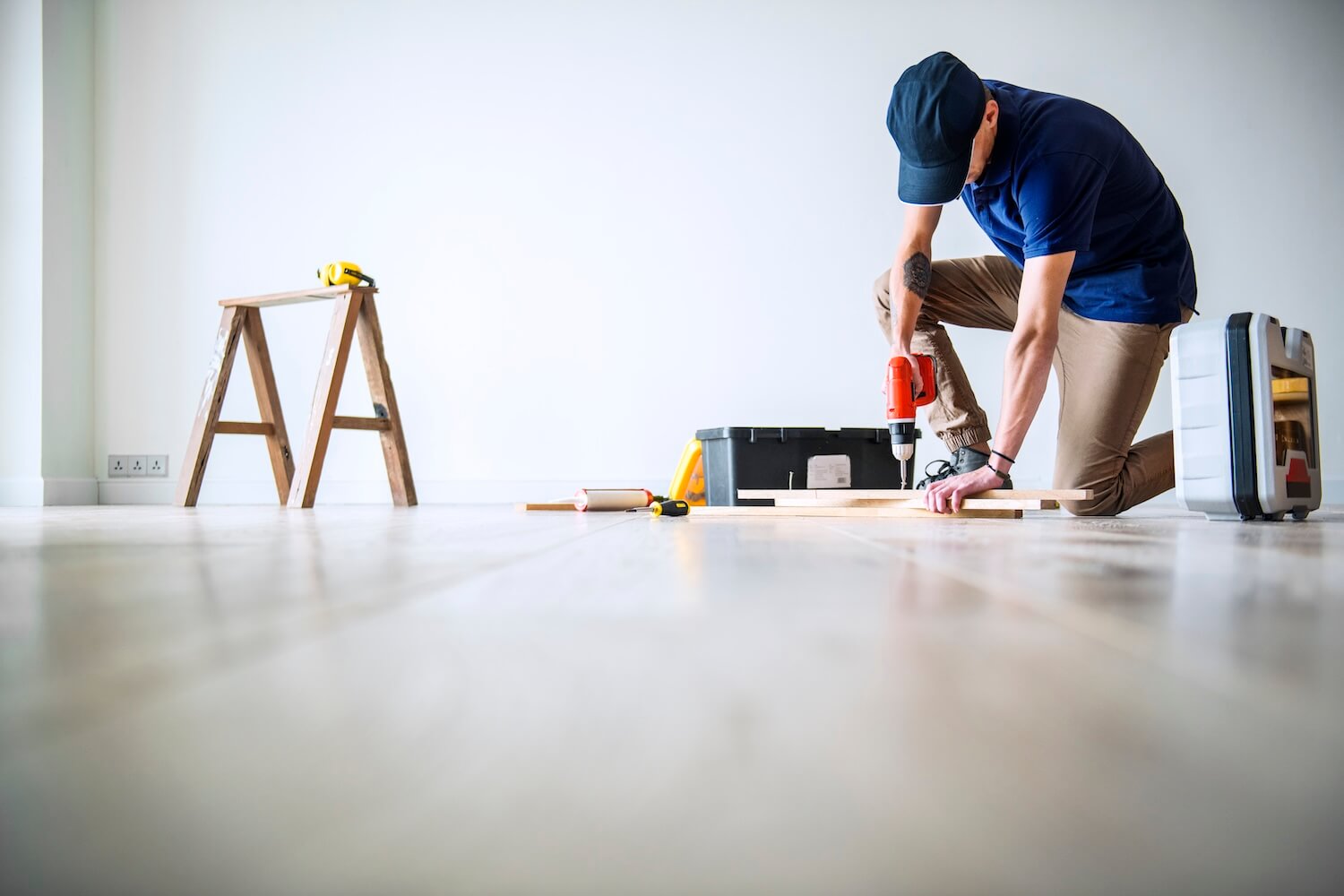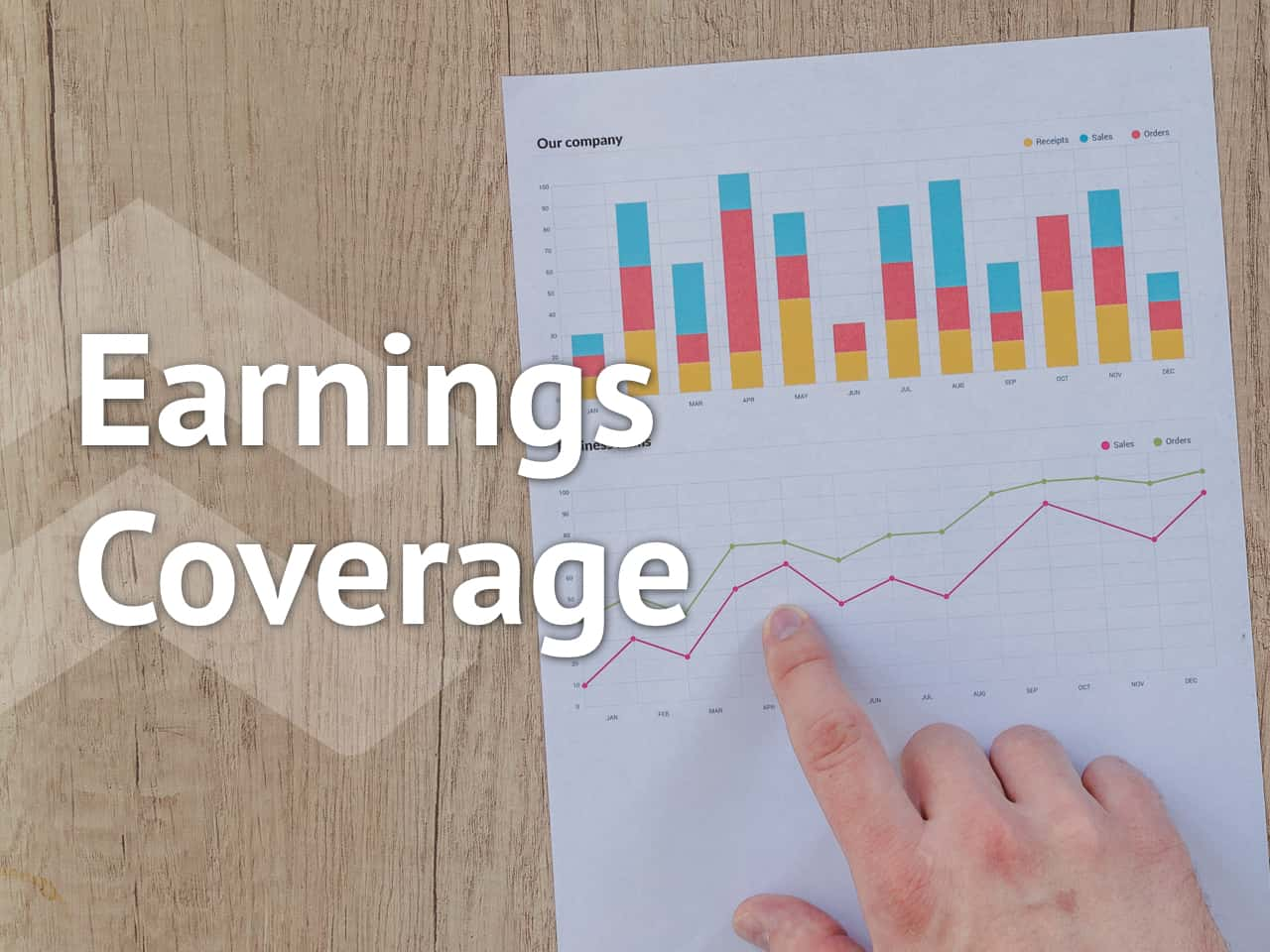There are some unique considerations when you build or substantially renovate a home that are important for anyone considering it. And there may even be rebates available that can put money back into your pocket.
Is it a substantial renovation?
The concept of a so-called substantial renovation is important for residential real estate and sales tax implications. The Canada Revenue Agency (CRA) considers a home to be substantially renovated if 90% or more of the building that existed prior to the work started was renovated to some degree. This percentage is based on the interior area of the building.
The CRA gives several examples of substantial renovations:
A house has 10 rooms. Eight of the rooms are completely gutted and rebuilt. Of the remaining two rooms, the flooring in Bedroom A is replaced and the flooring and one wall are replaced in Bedroom B. Including these two bedrooms, over 90% of the total wall and floor space in the house is removed or replaced.
A 5,000-square-foot house is undergoing renovations. In one room measuring 250 square feet, there are no renovations. In another room measuring 200 square feet, the renovations carried out do not meet the “removed or replaced” test. The remaining 4,550 square feet of the house do, however, meet this test.
Douglas J.’s house consists of a living room, kitchen, family room, four bedrooms, and an unfinished basement. The renovation work on this house consisted of replacing the drywall throughout the house, installing laminate flooring in the kitchen and bathroom, laying new carpet over the old tile flooring in the other rooms, and replacing the kitchen counters and cabinets.
It matters how you use the property
The good news is that if you build or substantially renovate a home that is your primary place of residence, there are generally no sales tax implications beyond the tax you will pay for materials and labour. However, if your construction or renovation is done with the intention to earn a profit, things can change—and there may be additional sales tax payable.
The CRA focuses on whether the transaction is entered into in the course of a so-called adventure or concern in the nature of trade. When the builder or renovator’s intention is to earn a profit—even if they are not a home builder—the CRA may treat them as a “builder” for sales tax purposes.
In this case, the subsequent sale may, in fact, be subject to GST/HST to be remitted from the sale proceeds. Taxpayers should also be cautious about moving into the house for a short period of time after construction and then selling it. The CRA could still contend that the primary intention was to build, sell, and earn a profit rather than treating the property as their principal residence. This may have sales tax consequences, as well as income tax implications for the profit that may not be protected using the principal residence exemption.
An important consideration if a sale is subject to GST/HST is that a buyer will not pay more for the property. As an example: if you are hoping to sell a home with comparable properties selling for $1,000,000 in Ontario where the HST rate is 13%, a buyer will only pay you $1,000,000—not $1,130,000 ($1,000,000 plus 13% HST). That means $884,956 plus 13% HST.
Use our mortgage payment calculator
Our calculator will help you understand what a mortgage will cost you in real terms while factoring for interest rates, amortization period, fixed or variable terms, and more.
Available rebates
In several circumstances, there may be GST/HST rebates available that put sales tax refunds back in your pocket.
X
You built or substantially renovated, or engaged someone else to build or renovate, a house on land that you already owned or leased to use as your primary place of residence. Some of the sales tax paid on your costs may be recoverable.
You converted a non-residential property into your home. Likewise, some of the sales tax paid on your costs may be recoverable.
You bought a new home from a builder to use as your primary place of residence. Some of the sales tax paid on the purchase may be recoverable.
You built, substantially renovated, or bought housing to rent to individuals as their primary place of residence for long-term residential use. Some of the sales tax paid on your costs or purchase may be recoverable.
You qualified for new first-time home buyer rebate of the GST on homes valued up to $1.5 million, under a rule introduced in May 2025.
The rules are complex, and may depend on the value of the home, or the province or territory where the home is located.
For example, an owner-built home in Ontario may not qualify for the HST rebate on the federal portion of the sales tax if the fair market value at the time that the work is substantially completed is more than $450,000. However, the home may be eligible for a rebate of the provincial portion of the sales tax, up to $24,000 if you paid HST when you purchased the land, or $16,080 if you did not.
What to do if you are building or renovating a home
Given the complexity, it is advisable to consult a professional before starting a major build or renovation. The rules are complicated and the CRA is looking very closely at these transactions by conducting GST/HST audits. There can be province or territory-specific considerations, as well.
A mistake can lead to a large tax bill, along with interest and penalties.


























